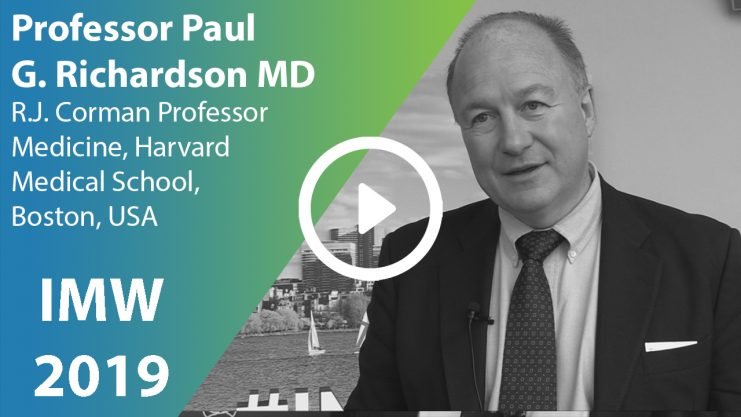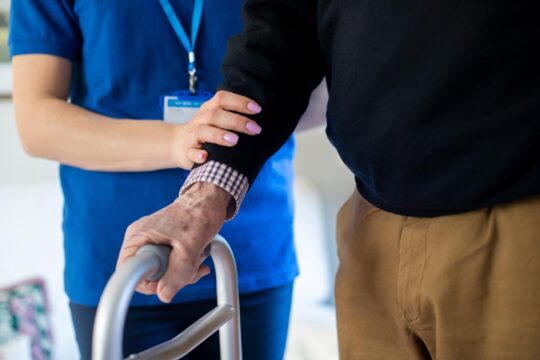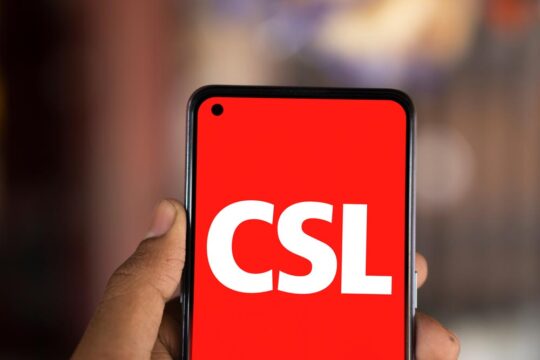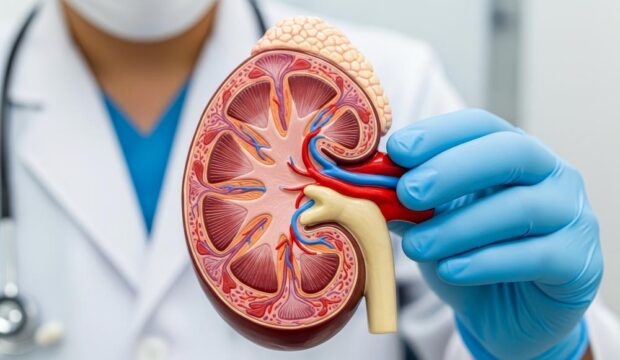Advertisment
IMiDs and proteasome inhibitors- comparable results in maintenance

Progression-free survival (PFS) and overall survival (OS) were improved similarly with maintenance therapy with lenalidomide or bortezomib in two studies presented at the International Myeloma Workshop.
Written by Thomas R.Collins.
In a retrospective study of data from the HD4 and MM5 trials from the German Myeloma Multicentre Group, newly-diagnosed, transplant-eligible patients showed no difference in PFS and OS, said Dr Elias Mai, a clinician scientist at University Hospital Heidelberg.
The analysis included 138 patients from the HD4 trial, in which the intent was for all patients to have an up-front tandem autologous stem cell transplant —and more than 90% did — followed by bortezomib maintenance therapy for 2 years. It also included 183 patients in the MM5 trial who received an ASCT and a tandem ASCT only in cases of less than a near complete response, followed by consolidation treatment with lenalidomide.
Rates of near complete response and complete response before maintenance therapy were higher for the MM-5 trial lenalidomide-treated group. But neither PFS (p=0.18) nor OS (p=0.14) differed significantly between the bortezomib and lenalidomide groups.
There was a significant overall survival benefit for lenalidomide in the International Staging System II group, the no high-risk cytogenetics group, the group with increased LDH and the group with no renal insufficiency. There was a trend toward an overall survival benefit for the bortezomib group for those with del(17p) and those with renal insufficiency.
There were far more cases of neutropenia and leukocytopenia in the lenalidomide cohort (2% vs. 43%; p<.0001), but significantly more cases of viral infections and peripheral neuropathy in the bortezomib group (p<.01 for both).
“Multiple myeloma biology or risk-adapted maintenance strategies require investigation in prospective trials,” Dr. Mai said.
In another study, researchers looked at 550 newly diagnosed patients — 103 of whom had high-risk cytogenetics (HRC) — and their outcomes based on cytogenetics and maintenance therapy. Those with HRC who received maintenance therapy, either with bortezomib or lenalidomide, had a significantly better PFS, at 30.2 months compared to 12.6 months, and a better OS, which was not reached for the maintenance therapy group and was 39.8 months for the group that didn’t receive the therapy. There were no significant differences between bortezomib and lenalidomide among this with HRC, said Dr Hatem Alahwal, of the Leukemia/Bone Marrow Transplant Program at British Columbia.
“Prospective studies to further assess other approaches to maintenance therapy, such as combining proteasome and immunomodulatory therapy and/or monoclonal antibodies, may be helpful to further define optimal maintenance for HRC subsets.”





